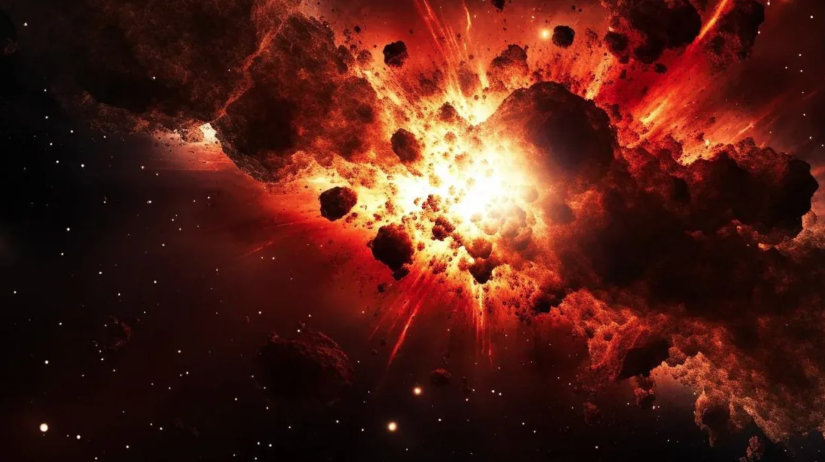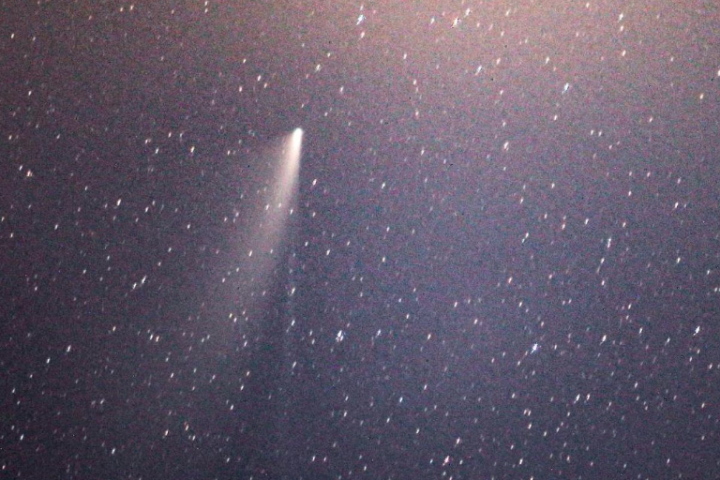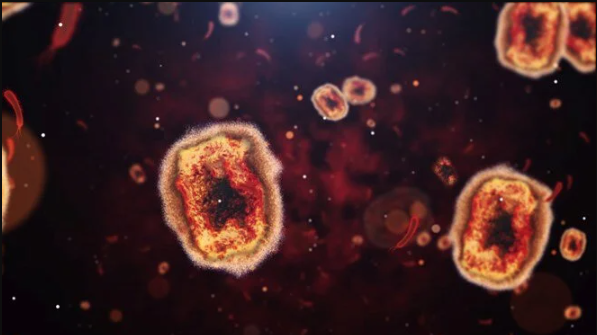In 2023, astronomers detected a powerful space explosion and immediately pointed the James Webb Space Telescope at the cosmic explosion. It was a powerful gamma-ray burst called a supernova, which occurs when massive stars collapse and explode.
But the explosion that occurred in March 2023, dubbed ‘GRB 230307A’, was no ordinary gamma-ray burst. It was a full 1,000 times brighter than a typically observed burst, and the rays hit our measuring instruments for two minutes, which usually takes only two seconds.
read more:
- What would happen if people slept for 8 months? Can ‘sleeping like a bear’ save lives?
- A “giant step” towards the colonization of Mars
In a new study published in the peer-reviewed journal Nature, scientists have concluded that a very large type of explosion called a ‘kilonova’ caused this event. Researchers suspect that two strange objects called neutron stars collided and triggered the explosion. These objects are so dense that a teaspoon of neutron stars weighs about 1 billion tons.
Most importantly, astronomers believe that important elements and metals such as gold and platinum were formed in these explosions. In this kilonova, the Webb telescope detected the element tellurium, which is even rarer than platinum on Earth (platinum is about 30 times rarer than gold).
This is a very important finding. NASA says the same explosion may have produced other elements close to tellurium, such as iodine, which is ‘essential for most life on Earth’. “Just over 150 years after Dmitri Mendeleev wrote the periodic table of elements, thanks to Webb we can finally start to fill in the last gaps to understand where everything was formed,” said Andrew Levan, an astrophysicist from Radboud University in the Netherlands and the University of Warwick in the UK, who led the research.
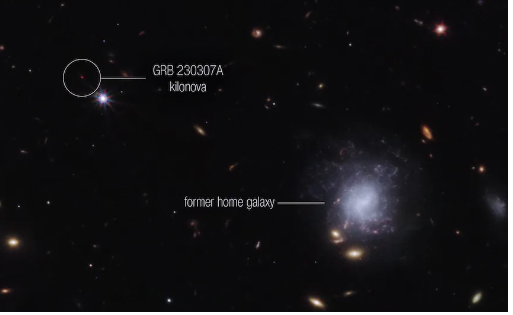
Below the image is a graphic showing how Webb detected the rare, heavy metal tellurium, which may have been formed in this explosion. One of Webb’s most important research tools is a near-infrared spectrograph called NIRSpec.
A spectrograph is a tool that separates the types of light coming from an object, similar to the way a prism separates visible light into a rainbow of colors. Certain wavelengths and types of light correspond to different elements or molecules. In this explosion, Webb’s spectrum showed clear signs of tellurium in the kilonova.
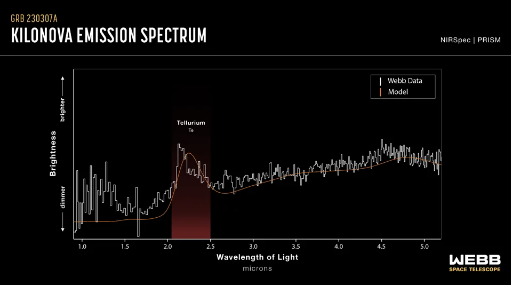
In the coming years, scientists hope to find more rare, heavy metals formed by explosions deep in the cosmos. “Webb has certainly opened the door to do much more, and his capabilities will be completely transformative for our understanding of the universe,” Ben Gompertz, an astronomer at the University of Birmingham who worked on the research, said in a statement.
Let’s recall the unique capabilities of the Webb telescope
The Webb telescope, a scientific collaboration between NASA, ESA and the Canadian Space Agency, is designed to look deep into the cosmos and reveal new information about the early universe. But it also studies the planets and moons in our solar system, as well as the planets of interest in our galaxy.
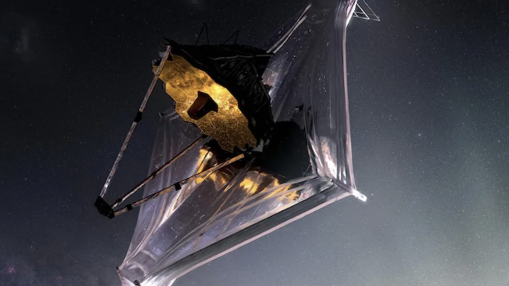
We can understand how Webb has achieved unparalleled success, and will probably continue to do so for decades to come, by describing the following characteristics;
– The giant mirror: Webb’s light-capturing mirror is over 6.4 meters wide (6.4 meters). This is two and a half times bigger than the mirror of the Hubble Space Telescope. The mirror catches more light, allowing Webb to see more distant, older objects. The telescope looks at stars and galaxies that formed just a few hundred million years after the Big Bang 13 billion years ago.
– Infrared view: Unlike Hubble, which largely images light that is visible to us, Webb is primarily an infrared telescope, meaning it images light in the infrared spectrum. This allows us to see a much larger part of the universe. Infrared has longer wavelengths than visible light and can pass through cosmic clouds. As a result, Webb’s infrared vision can go where Hubble can’t.
– Looking at distant exoplanets: The Webb telescope carries special equipment called spectrographs that could revolutionize our understanding of these distant worlds. These instruments can decipher what molecules (such as water, carbon dioxide and methane) are in the atmospheres of distant exoplanets, whether they are gas giants or smaller rocky worlds. Webb will look for exoplanets in the Milky Way galaxy. Who knows what we will find far away?
prepared using the livescience.com and mashable.com interet site

